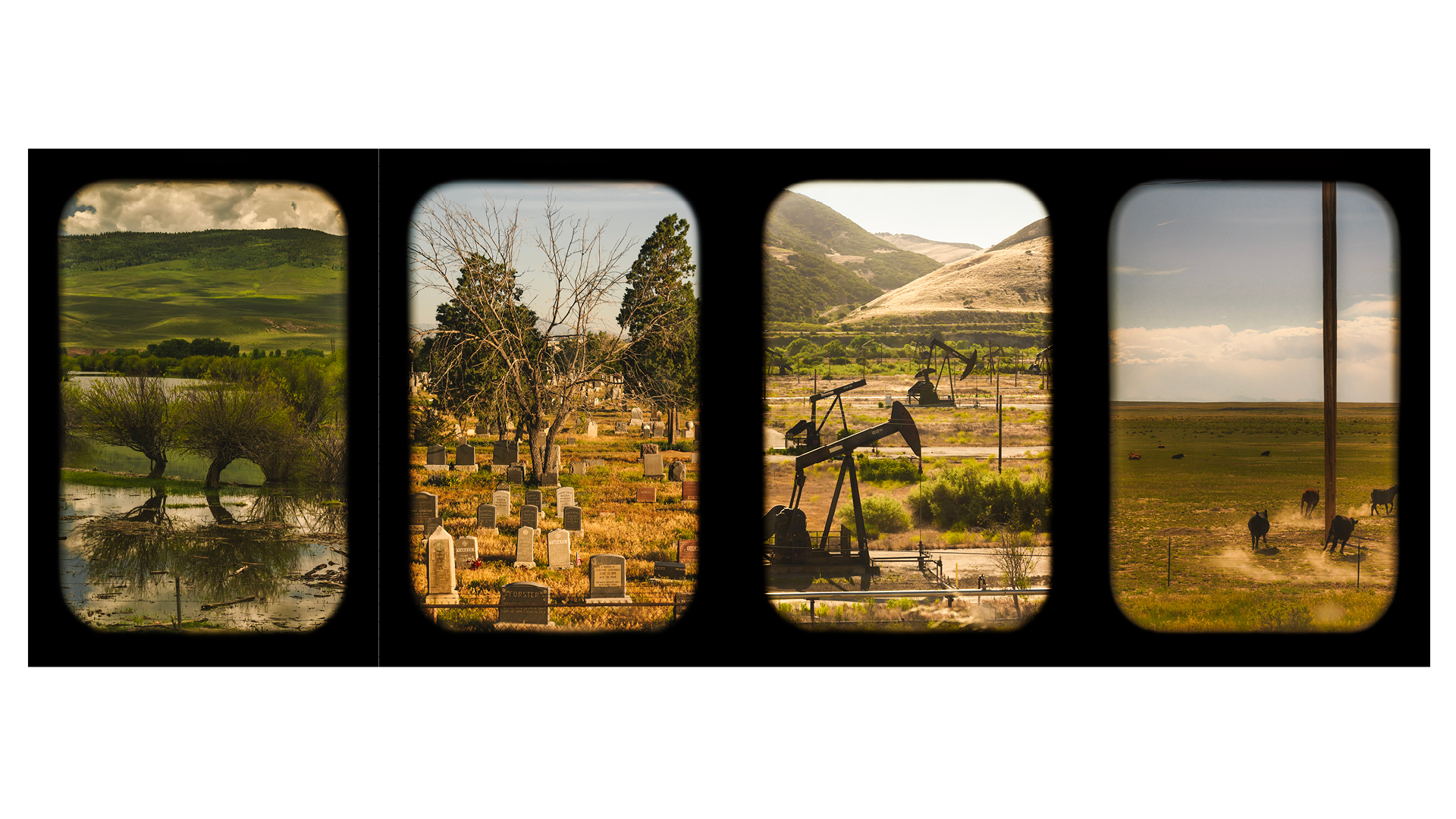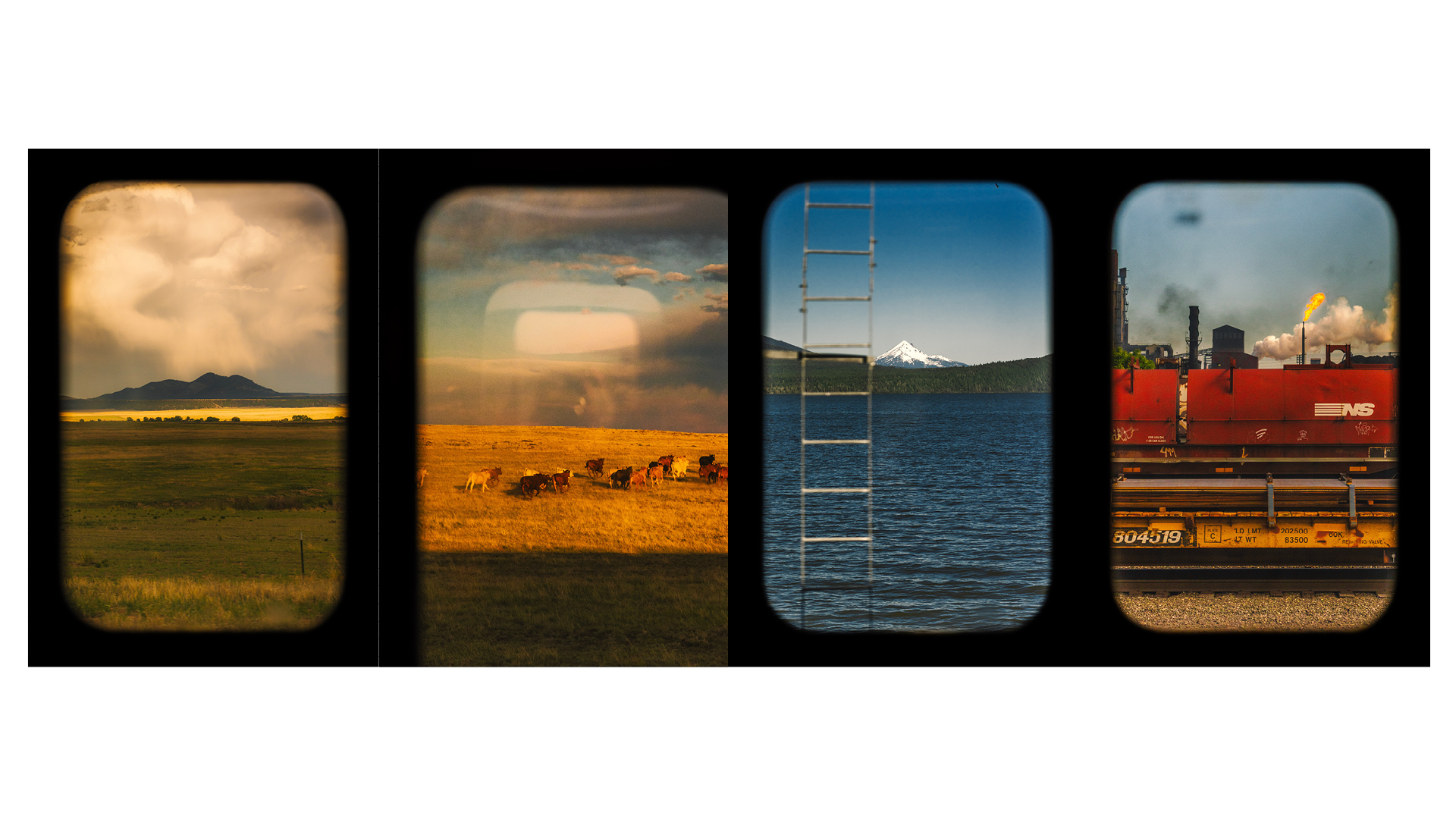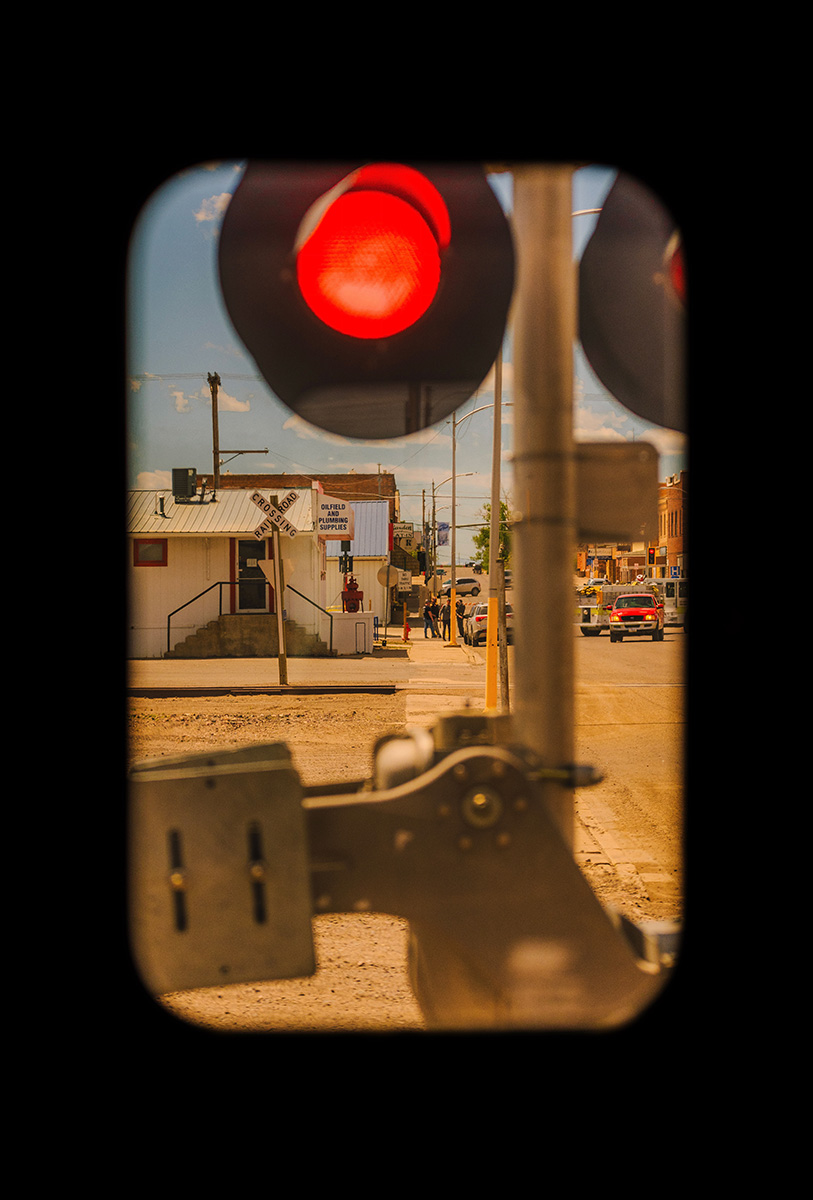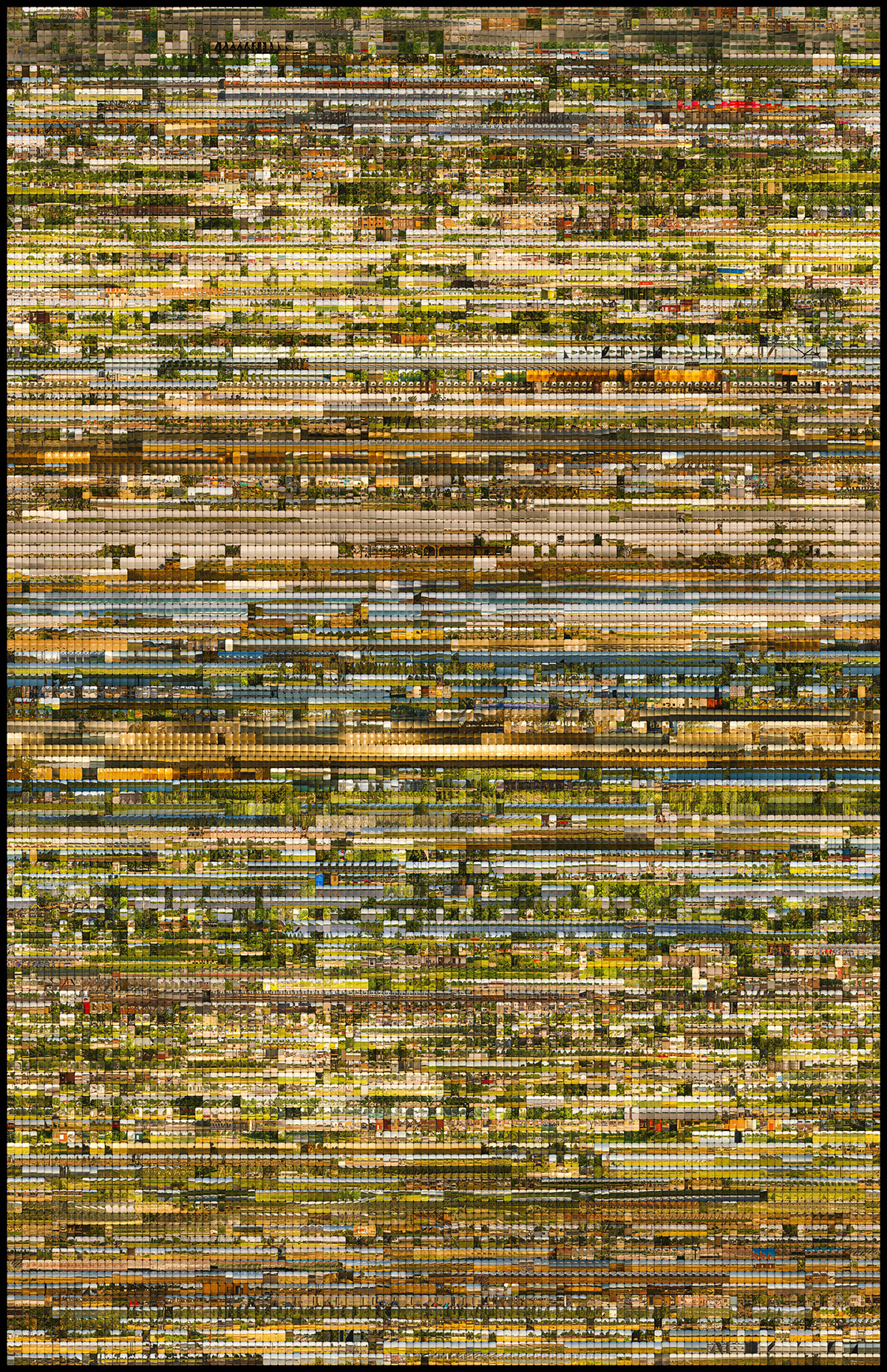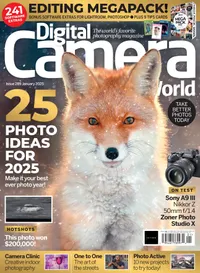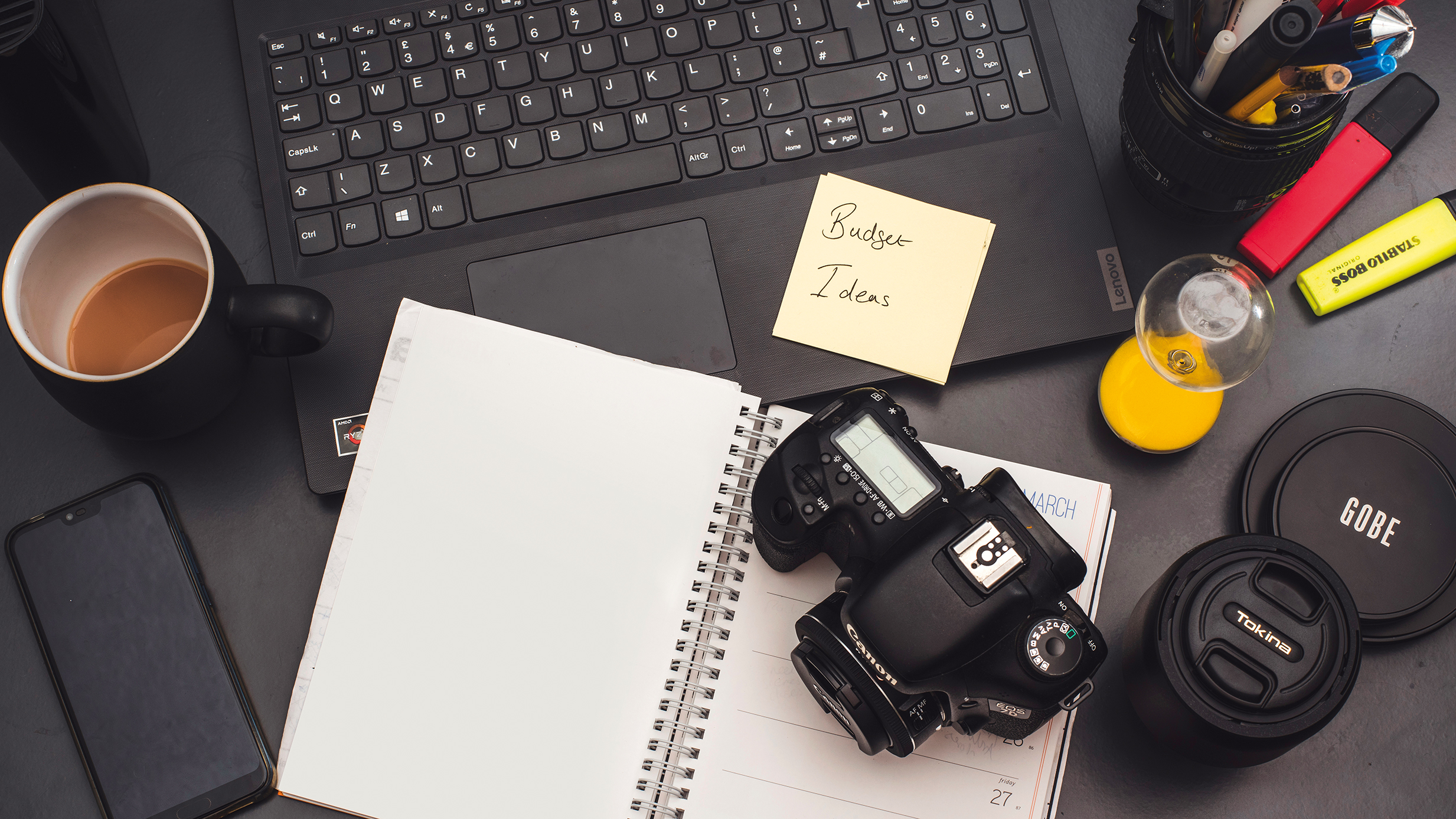"I shot 20,000 photos from train windows while traveling across the US"
Katie Edwards' 10,000-mile trip took 180 days and she hopes to turn her epic photographic odyssey into a book
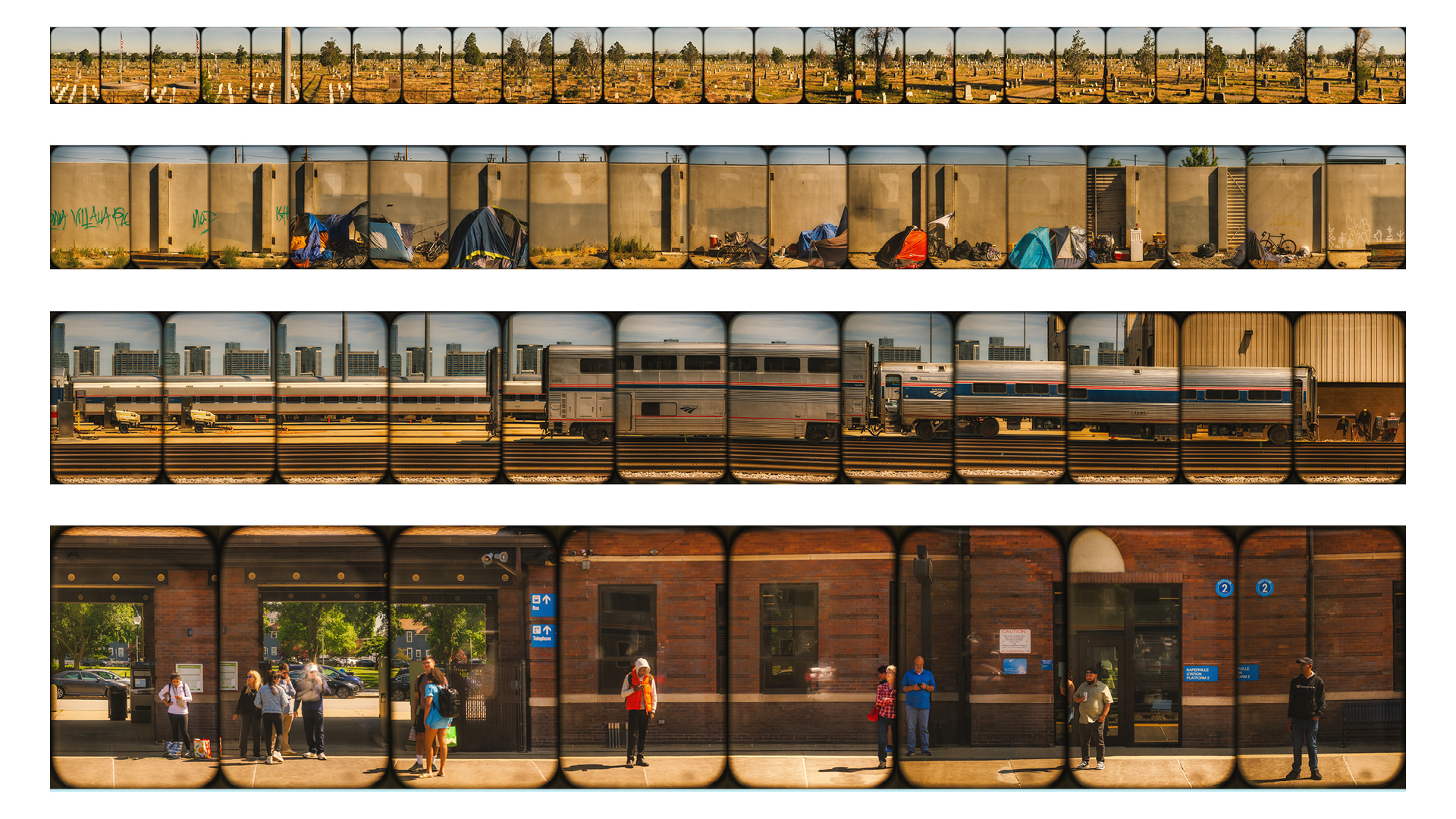
Katie Edwards and her father booked an epic train trip across the US last summer, during which she photographed the changing views from the windows in the vestibule areas of the carriages.
The pictures she captured as the trains rattled along from the east coast to the west and back again are currently being exhibited in London, England, but Edwards hopes to publish a book in 2025 based on her Portrait of America project.
Edwards and her dad had an efficient way of working together during their journey; he was positioned further forward on the train and acted as a spotter, relaying information to her via walkie-talkie.
But there was more to this innovative photography project than finding pleasing scenes and trying to capture them before they disappeared, as we discovered when we chatted to Edwards about this near-10,000-mile trip and its thousands of captures…
Where did the idea of photographing landscapes through train windows come from?
On a train journey to the Lake District in England, UK, I went to stand by the door before my stop. As the vestibule is darker than outside, the view from the bright, small window was highly contrasted against the interior.
I pulled out my camera and took a shot, and was surprised to see that the misty lanes and rolling hills had been captured perfectly in the dark frame.
From that moment, I made sure I had my camera with me on every train trip. I learned that using a long lens was best, standing as far from the window as possible, with an aperture of f/2.8 for a soft frame edge, and a shutter speed of 1/8000 sec to make everything crispy sharp.
Sometimes I wouldn’t even know what I’d captured – especially in the foreground – and the fun bit was editing the images afterwards.
That’s where I’d notice things like a blackbird in flight, or a lonely figure on a beach-side bench. And that’s it, just a single moment of noticing something interesting – there wasn’t any extra thinking involved. I would say, 'That looks good', and be pleased with how the image turned out.
That's how I like to work – start with a very simple idea, maybe something I'm drawn to because of the aesthetics, then repeat it many times and come up
with something interesting through repetition.
When did you decide to undertake this project and how you were going to execute it?
I have to thank my father – I'm extremely lucky to have somebody who is extremely supportive and who would be willing to do something like this.
We were going to the US for a trip anyway and he had realised that I was getting a little bit obsessed with trains so suggested we did one leg from Los Angeles to the Grand Canyon.
And just talking about it, we egged each other on. It was complex trying to organise the trip because people don't really travel like this.
Amtrak isn't designed for doing multiple long-leg journeys. Deciding on a route that would mean there wouldn't be any long stops in places and that we wouldn't miss any trains wasn’t easy.
And as my father is in a wheelchair, the trip was definitely a little tricky to organise – it took us two days of planning just to determine the route.
How did you deal with reflections from the window? In your essay about the project, you said you used a bin bag to start with but then improvised a solution from cardboard…
Yes, and I wish I had thought of the cardboard light blocker earlier because I was wasting precious time sticking a bin liner up on the window behind me and taking it down afterwards.
I was extremely pleased when the cardboard light blocker worked because we made it with Velcro, so if I thought I might not get it in exactly the right position, I could whip it off and put it back at the right point. But we managed to get it right and it worked perfectly.
What was the longest period you were standing at the window taking pictures?
I was getting up at 5am for the light and shooting until it was dark, so I did have short sit-down breaks, but standing up for that long isn’t actually that good for you, as blood flows down to your feet and they get quite sore.
I was pretty achy by the end of the trip. Initially, my plan was to shoot on a tripod or use it as a monopod but I didn’t want to draw any more attention to myself so, in the end, everything was shot hand-held using a Sigma 70-200mm F2.8 DG OS HSM Sports lens, which is quite chunky. I definitely increased my muscle mass slightly.
In addition to having to capture sharp shots when shooting hand-held with a long lens, which other technical factors did you have to be mindful of?
It's all about compromises. I decided that I wanted the pictures to be sharp and for there not to be any motion blur, but that meant that I would need to be shooting at an aperture of f/2.8, which then made it much harder to focus correctly.
It's easy enough when you're focusing far away but, otherwise, it's hard. So that was the compromise. I had to reject a lot of pictures because they weren't in focus where they needed to be.
Also, having an f/2.8 aperture meant that the actual frame of the window was very soft, which I liked a lot. Train windows also tend to be dirty, especially around where the door connects to the glass and there's a rubber seal.
The dirt that collects there looks good when it's soft and when the light hits it, almost like a painting; so shooting wide-open turned out to be a good decision for that reason.
I had experimented before making the US trip, trying out different techniques when I was shooting in the UK and in Europe. Motion blur can look good, but
it's just a trick – I prefer to see everything clearly.
What was your focusing technique, given that you had to shoot so quickly?
There were several. When my dad was acting as a lookout [communicating with Katie via walkie-talkie] he would say whether he thought the subject was in
the mid-ground, the foreground or in the distance.
So I would pick something out that I thought was in the mid-ground, for example, and would focus on that.
Most of the time, my face was pressed right up against the glass of the window. Looking ahead, I could see features around three seconds before we passed them.
But, ultimately, it was a guessing game and a lot of the photos I took didn’t work.
Which images are you most pleased with from the project?
It is probably the mosaic piece, perhaps because I haven't done anything like that before. It feels like a culmination of all of the work; looking at all the images together is like viewing a snapshot of time, a picture of the entire journey.
I find that quite poetic – you can look at the mosaic and find all the images in the exhibition in it, appearing in tiny tiles of one square centimetre. I find that being able to look at time in that way is quite a moving experience.
In terms of individual moments, the pictures I'm most pleased with are the ones that tell a story as a kind of juxtaposition of two objects, and then the aesthetics
of that image, which make that story more obvious.
My favourite image, the one that jumps out for me, is probably the 'mountain ladder' shot. It was a complete accident; the ladder was from an electrical post that had a maintenance ladder on it.
The relationship between these two objects – a ladder for climbing and a mountain in the rear of the frame – makes me feel like I could almost climb that mountain in just a few steps.
Do you know of any other photographers who have attempted a project like this before?
I haven't seen it done in such a formulaic way – people have taken pictures out of train windows before, like Paul Fusco's photos of Robert Kennedy's funeral train, which I think are amazing. What I do isn’t quite the same thing, obviously.
On a similar theme, a photographer called John Schabel, in his series 'Passengers', took pictures through airplane windows as the plane was departing – they're portraits of people taken the other way using the frame of the window, which I really like.
Almost 10,000 miles and 180 hours on trains is quite something. How did you feel when it was all over, when all that was left to do was the editing?
I do find editing my projects so exciting, especially when I think I've probably got something good. I find it as delicious as eating… discovering a good shot is like finding a really nice chocolate!
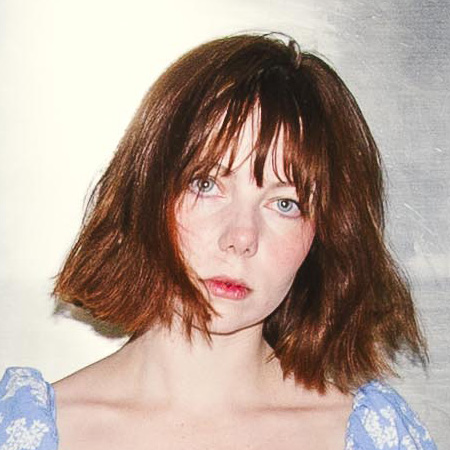
Based in the UK, Katie Edwards is an emerging photographer with a portfolio captured around the globe. Subjects include documenting the traditional transgender community in Fiji to reformed terrorists in Indonesia. Her images and stories are regularly featured by publications such as The Guardian.
A longer version of this interview appears in the January 2025 issue of Digital Camera magazine, which is on sale now. See below for our latest subscription deal – all Digital Camera print subscriptions now include access to digital issues going back to 2009 (iOS) or 2012 (Windows).
Digital Camera World is the world’s favorite photography magazine and is packed with the latest news, reviews, tutorials, expert buying advice, tips and inspiring images. Plus, every issue comes with a selection of bonus gifts of interest to photographers of all abilities.
The best camera deals, reviews, product advice, and unmissable photography news, direct to your inbox!
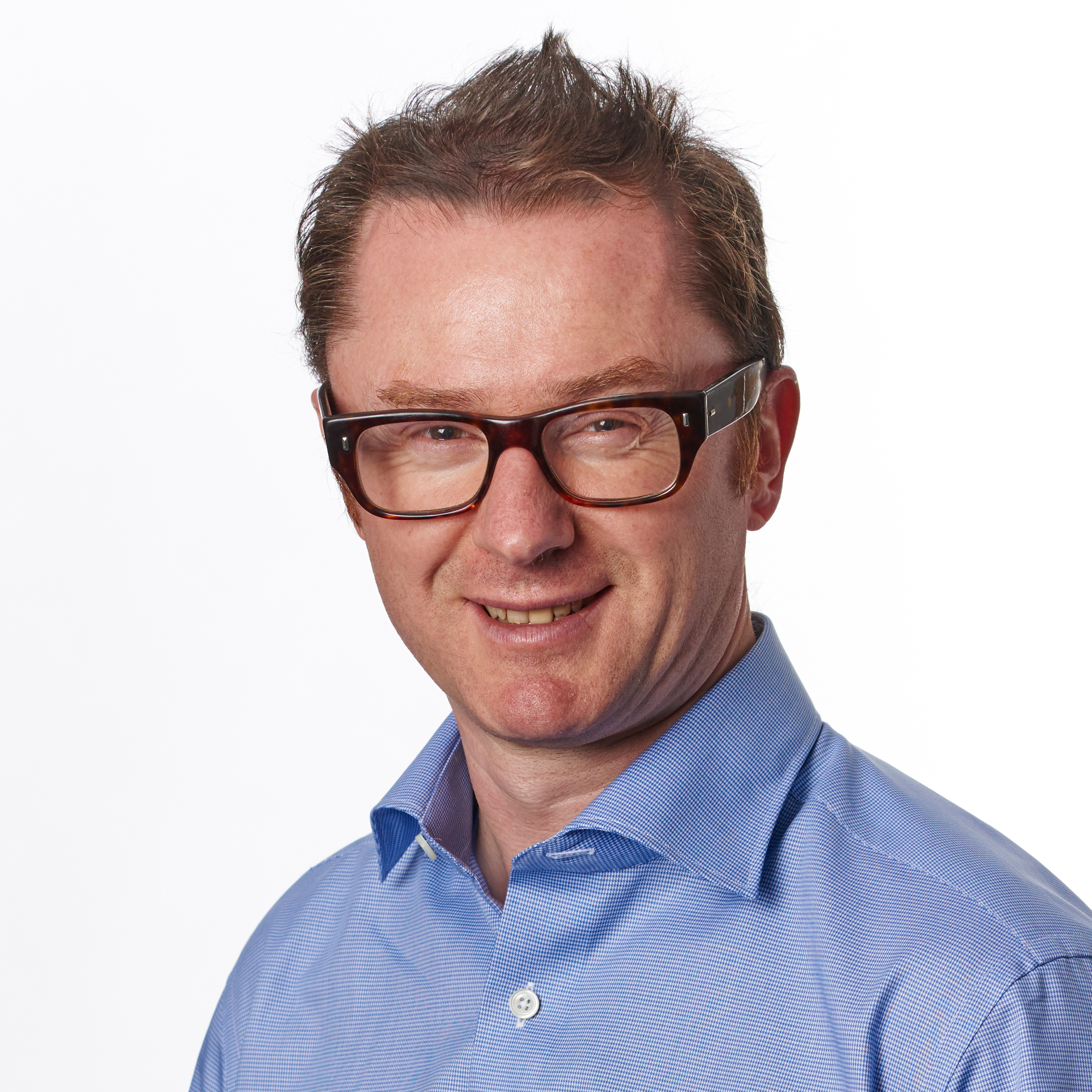
Niall is the editor of Digital Camera Magazine, and has been shooting on interchangeable lens cameras for over 20 years, and on various point-and-shoot models for years before that.
Working alongside professional photographers for many years as a jobbing journalist gave Niall the curiosity to also start working on the other side of the lens. These days his favored shooting subjects include wildlife, travel and street photography, and he also enjoys dabbling with studio still life.
On the site you will see him writing photographer profiles, asking questions for Q&As and interviews, reporting on the latest and most noteworthy photography competitions, and sharing his knowledge on website building.
